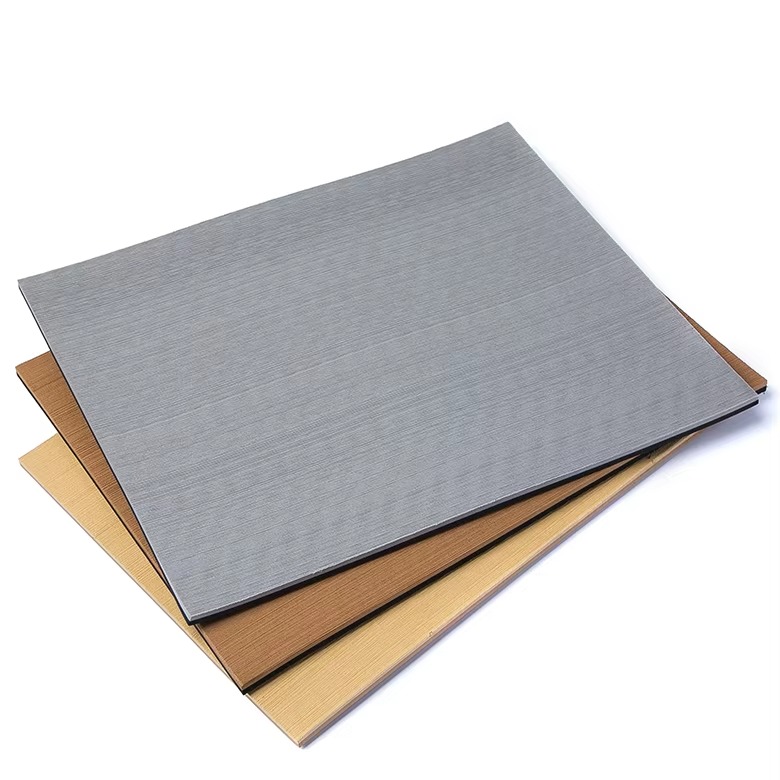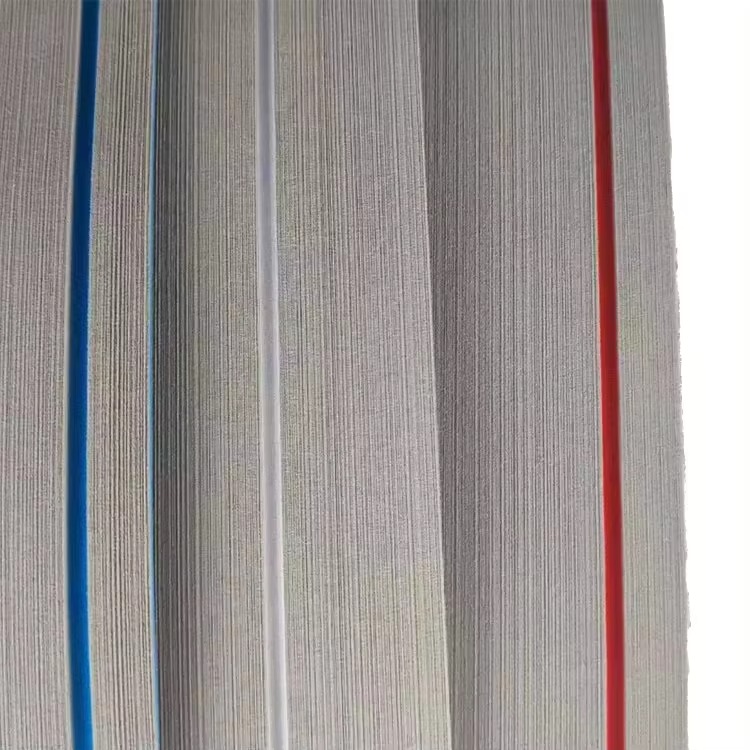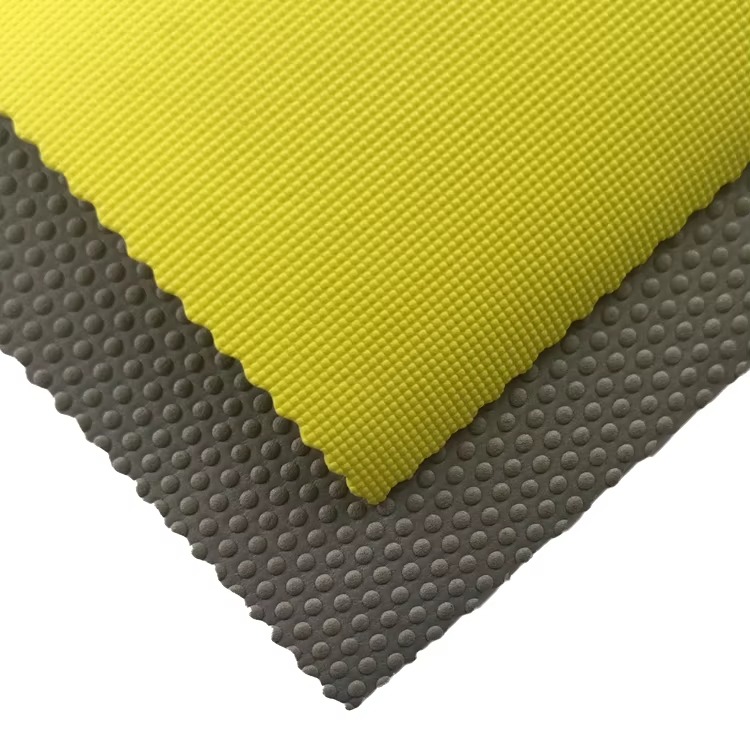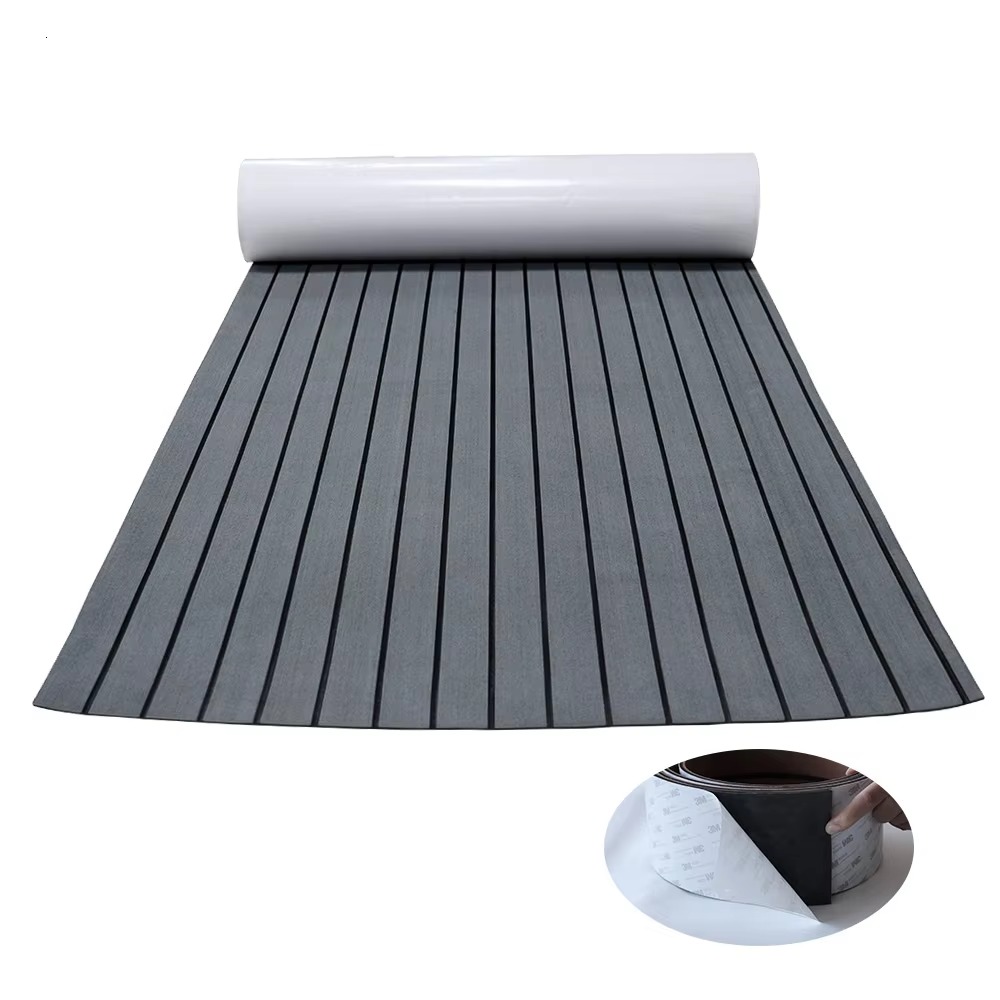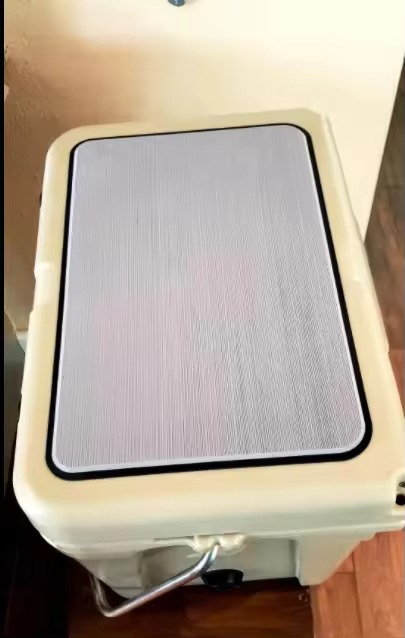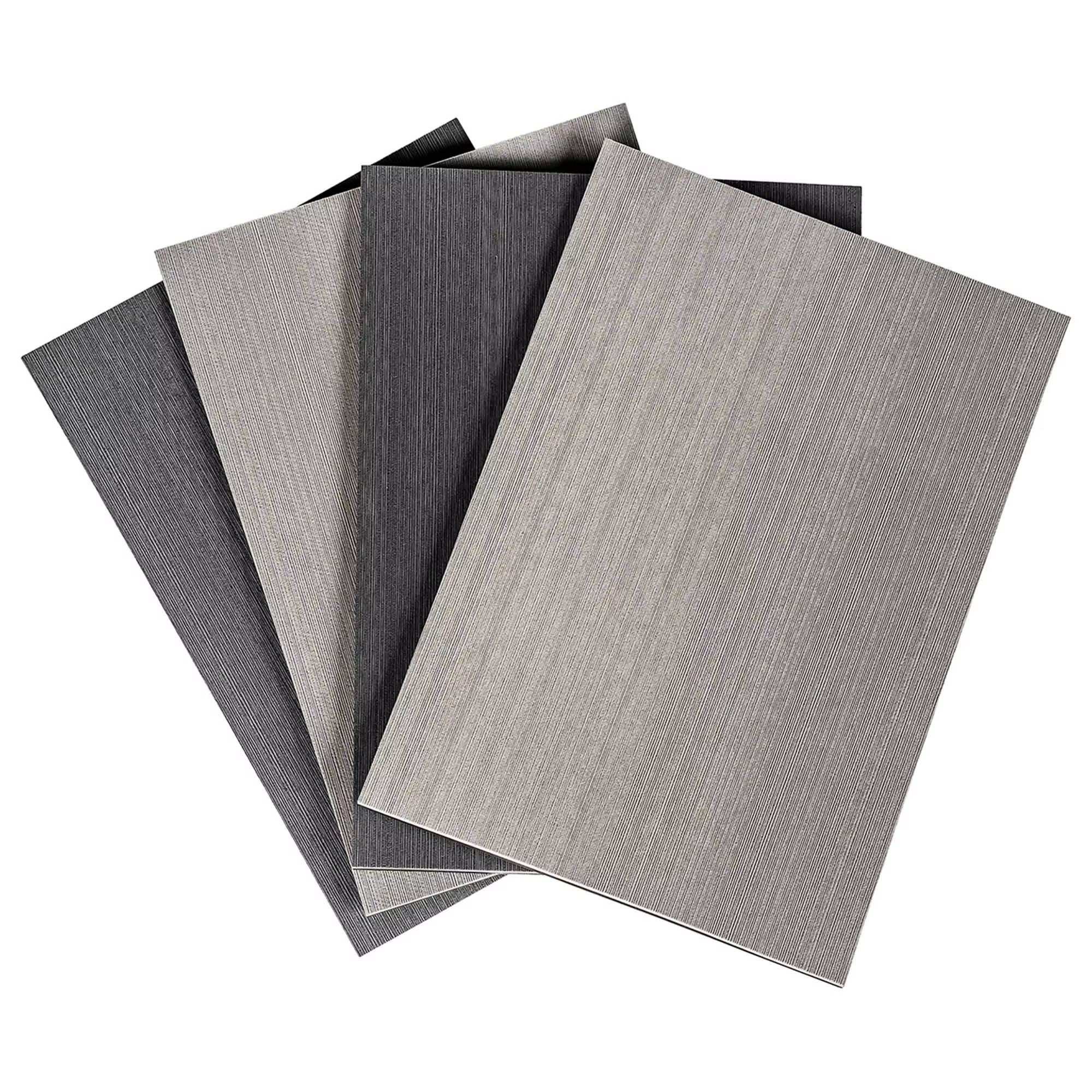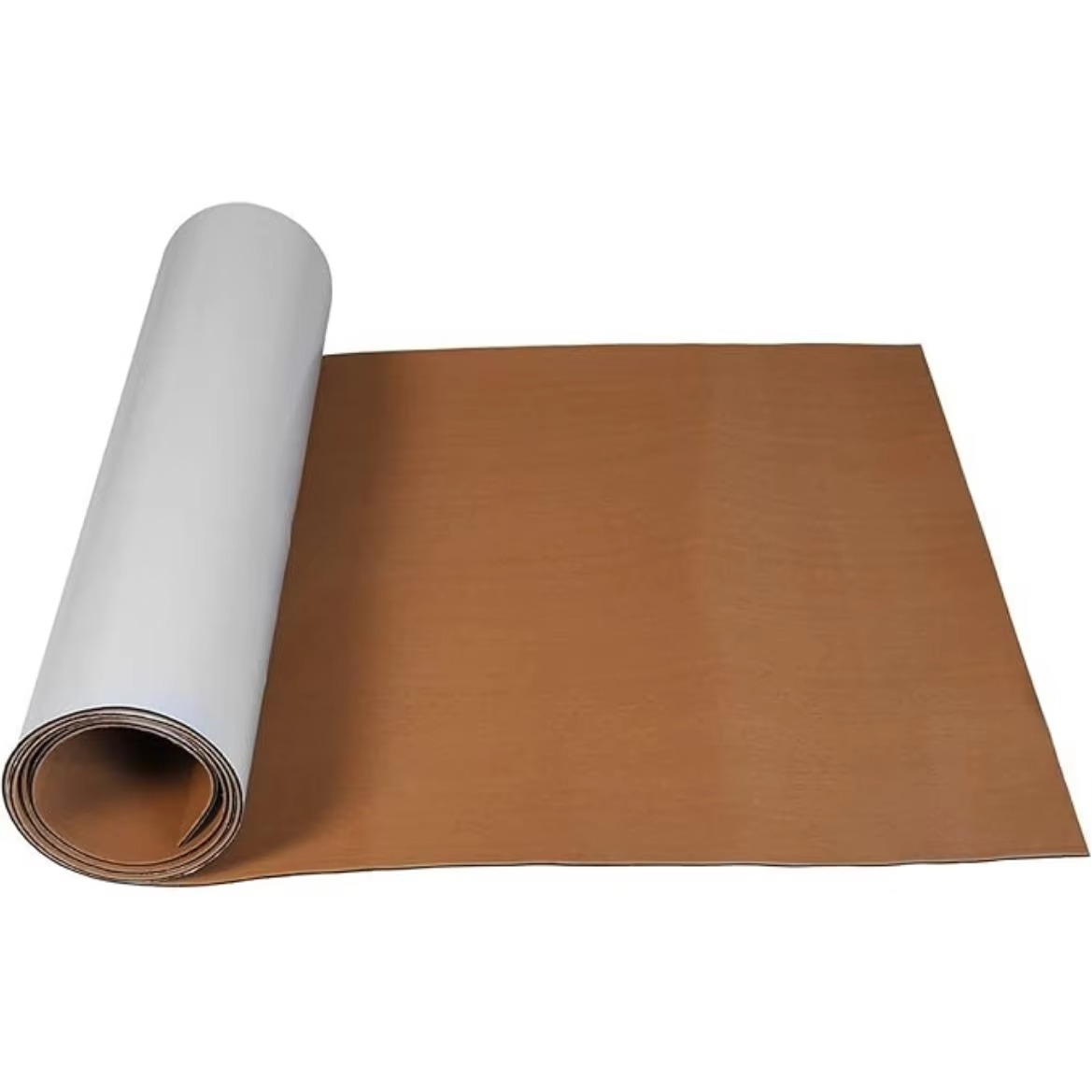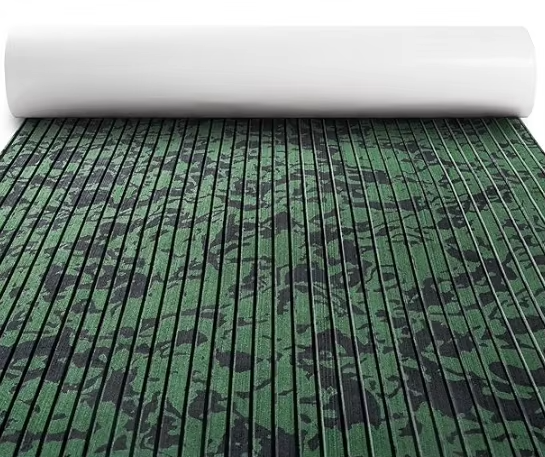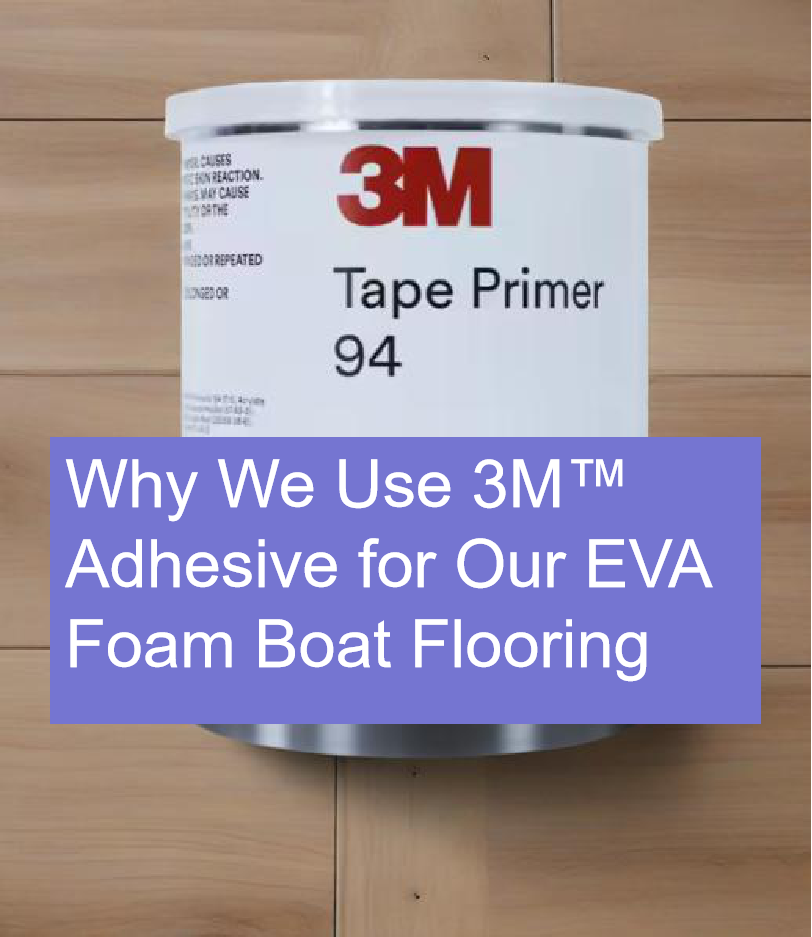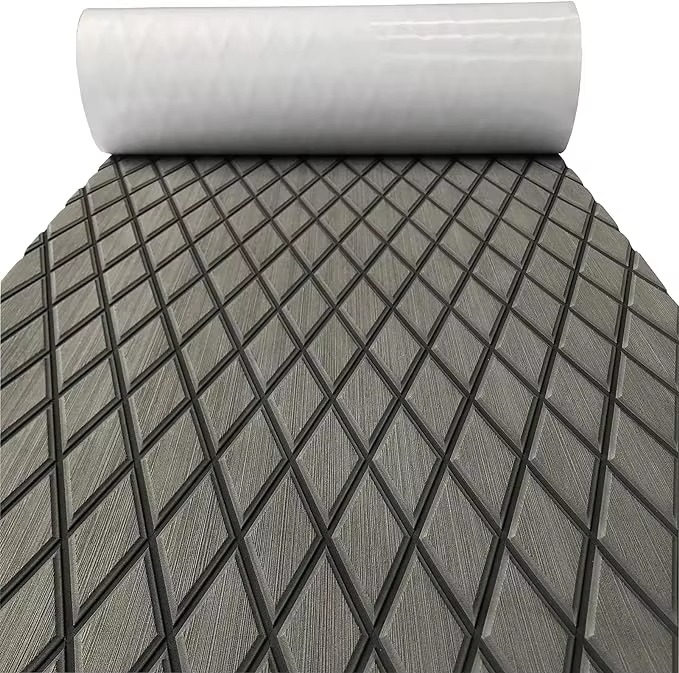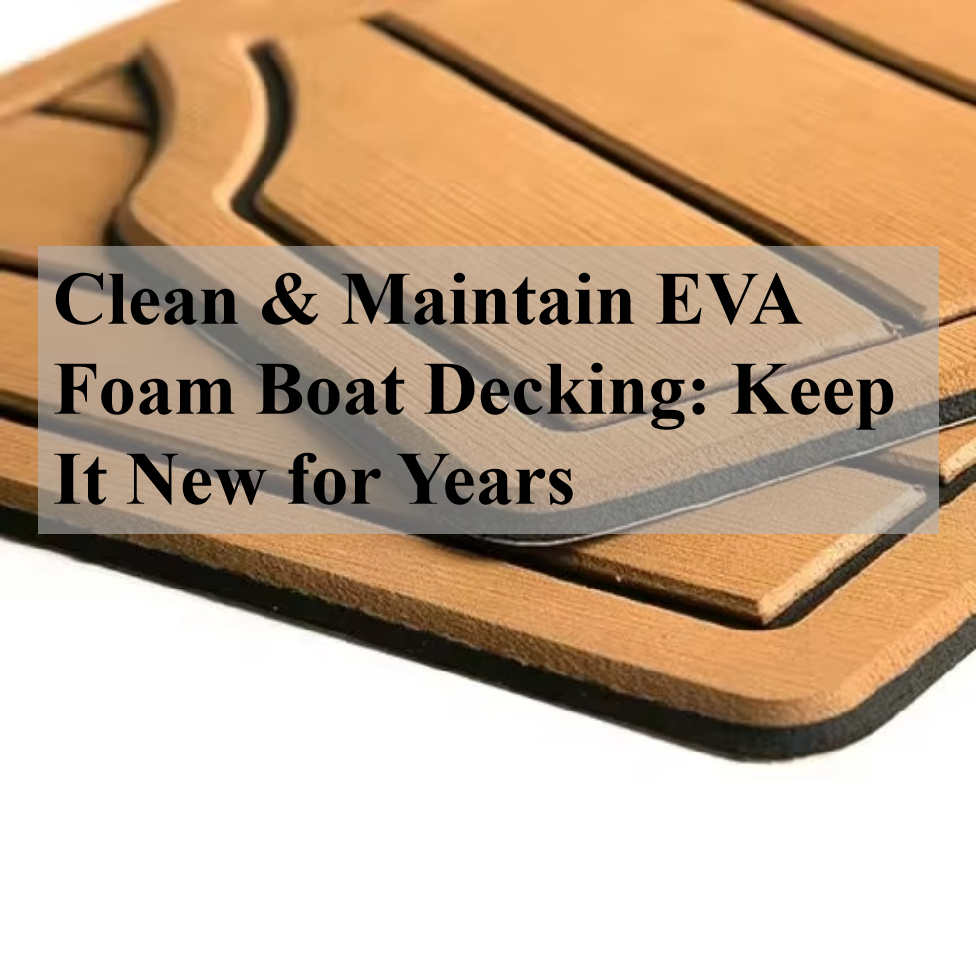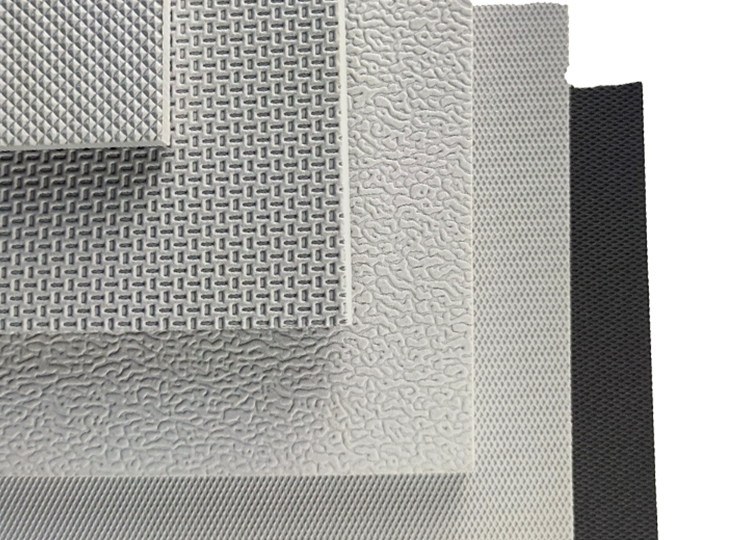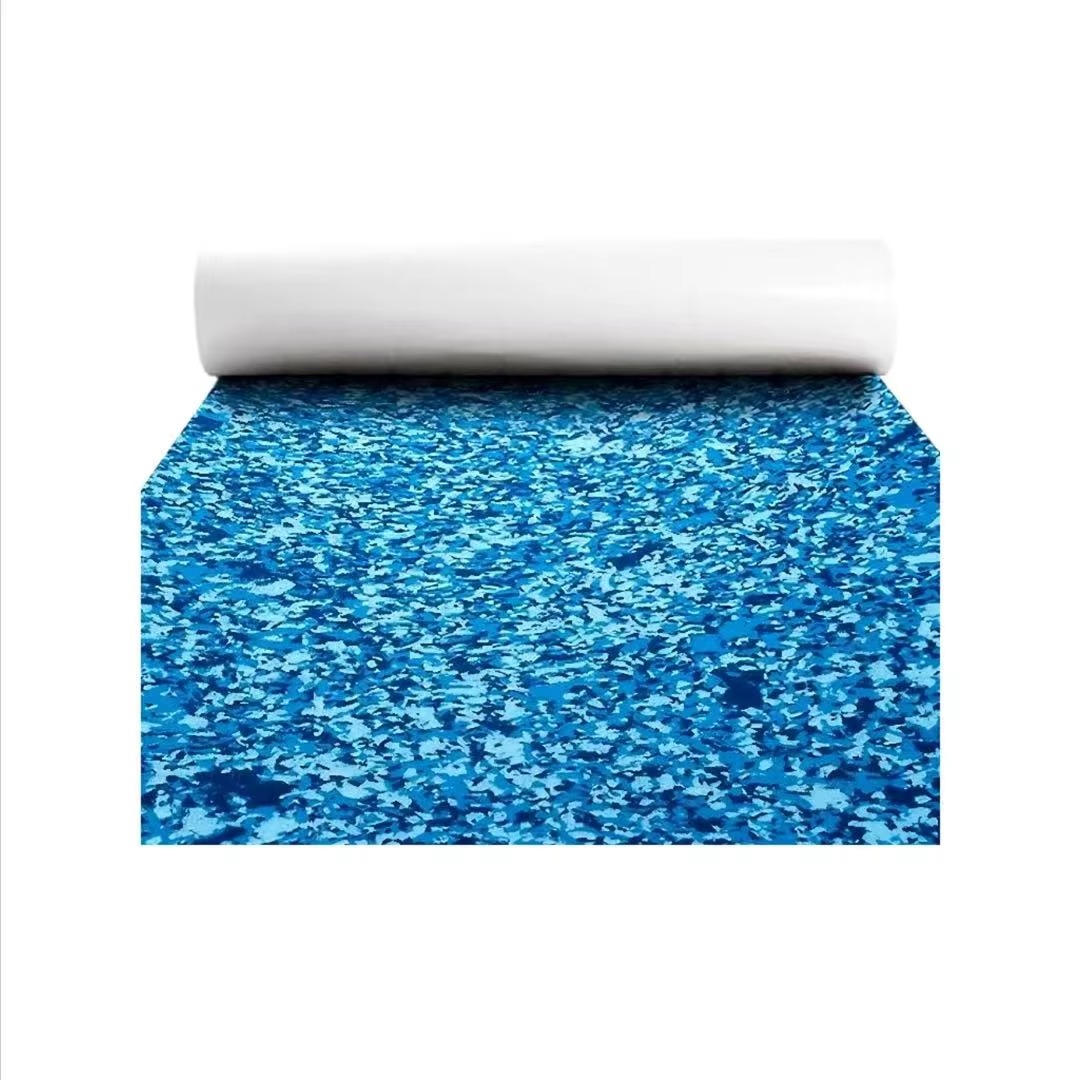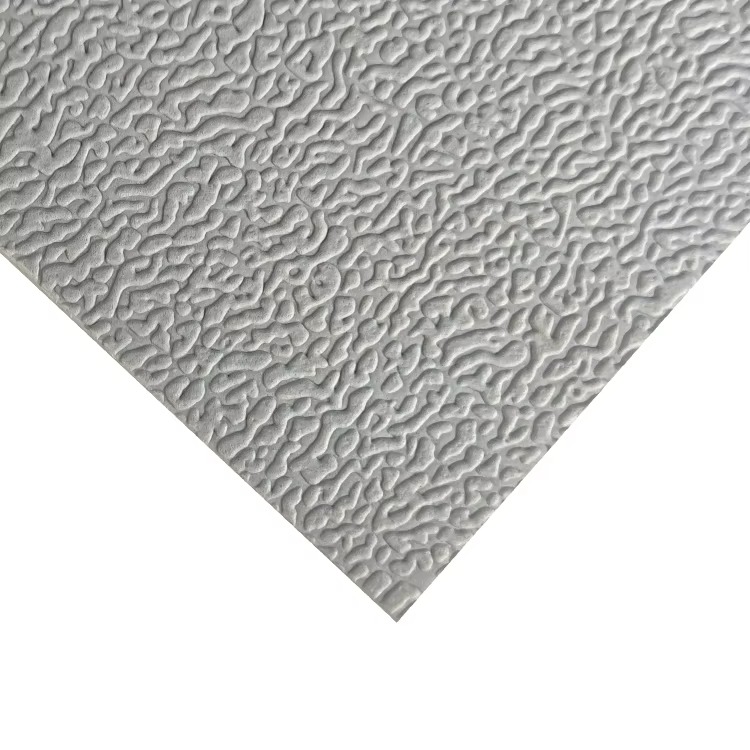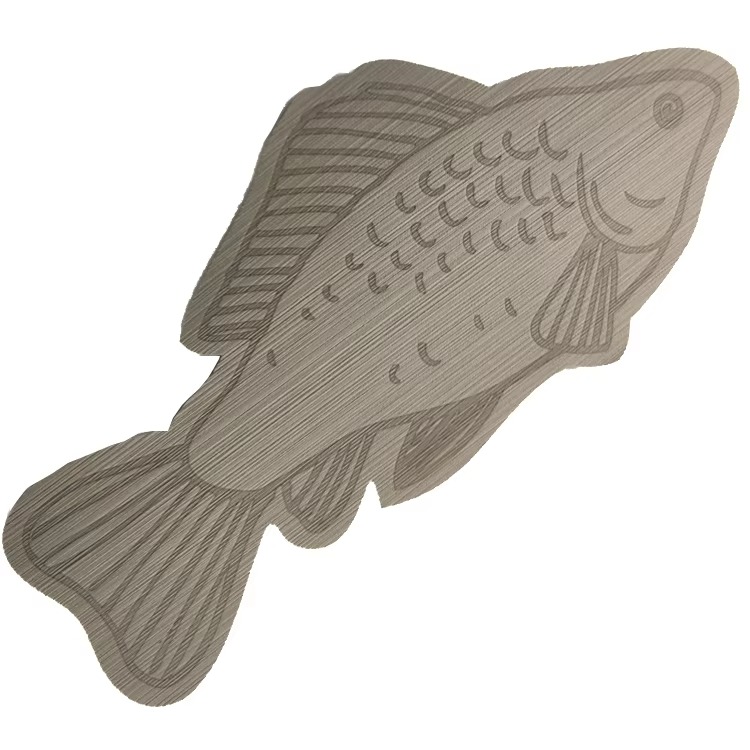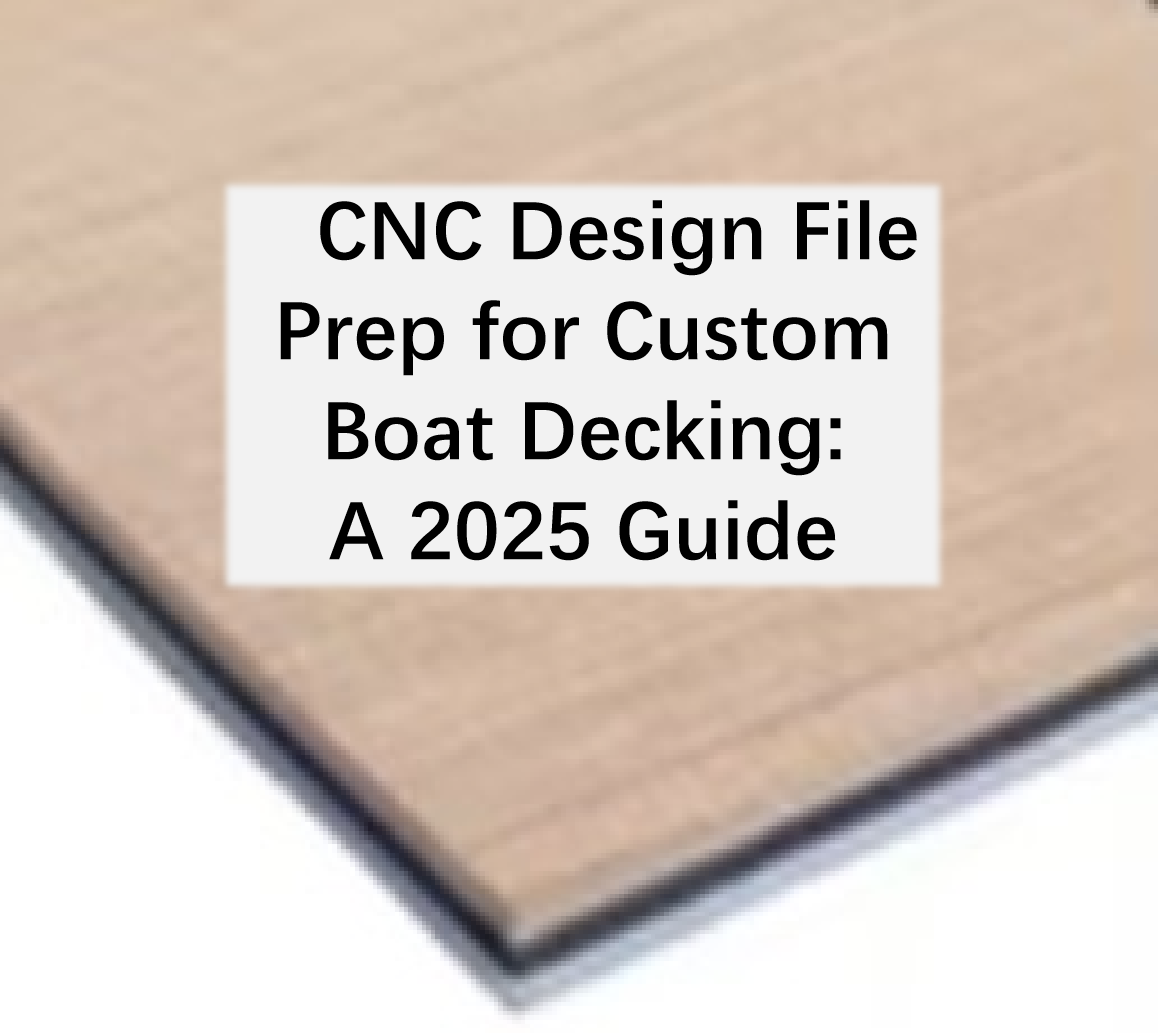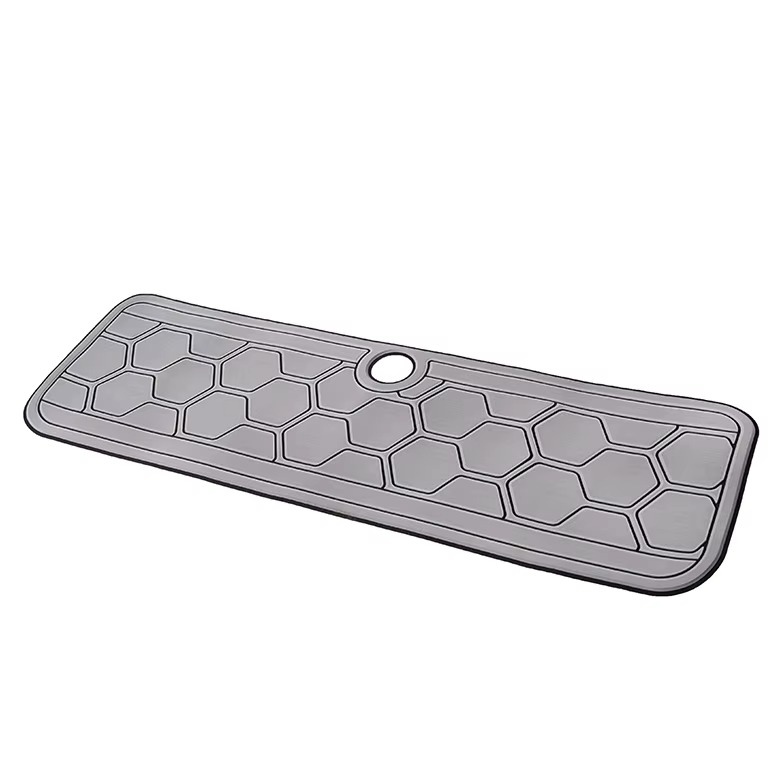Boat Flooring Material Comparison: EVA vs Teak vs Carpet
Last summer, I watched a $200k yacht deck turn into a biohazard. The boat owner had chosen cheap marine carpet to save a few bucks. Two months into the season, fish blood soaked into the fibers, and a Florida downpour in the harsh marine environment turned it into a swamp. When we peeled it up, a carpet of black mold had eaten right through the subfloor. The repair bill? A staggering $12,000. That's when I vowed: no customer of my own would certainly ever before duplicate this mistake.
If your flooring choice feels like a coin toss, this guide is your lifeline. We’ll dissect these materials through the lens of my 20 years in marine refits—combining lab data, real-world disasters, and pro secrets to make your deck practically unsinkable.
Key Factors in Choosing Your Boat Flooring Material
| Criteria |
EVA Foam |
Traditional Teak |
Marine Carpet |
| Upfront Cost |
30-50% cheaper than teak with equal longevity to mid-tier carpets |
The most expensive option |
The most budget-friendly choice |
| Customization |
100+ colors/patterns + custom engraving option |
Limited to natural wood tones |
Basic solids (prone to fading) |
| Durability |
Good, but can be susceptible to stains and damage from sharp objects |
Extremely durable with a long lifespan if maintained |
Wears down, fades with UV exposure, and is prone to stains |
| Maintenance |
Easy to clean, resists saltwater etching |
High maintenance; needs regular cleaning and sealing |
High maintenance; hard to clean and prone to mold |
Understanding EVA Foam Boat Flooring Benefits
EVA (ethylene-vinyl acetate) foam is a soft, closed-cell foam that has become a widely popular choice for boat decks, and for good reason. It’s comfortable to stand on for long hours, provides an excellent non-slip surface even when wet, and is available in a huge variety of colors and customization options, making eva foam boat flooring a top-tier modern solution.
Pros:
- Comfort is King: The cushioned surface of this foam flooring for boats is a game-changer for your feet and back, especially if you spend a lot of time fishing or standing.
- Stays Cool: It does not get as hot in the sunlight as other products and is formulated to stand up to damage from UV rays, so you can bid farewell to that agitated "hot-coals" dancing on a scorching July mid-day.
- Easy to Clean & Low Maintenance: Spills and dirt can typically be wiped away conveniently, and its outstanding water resistance prevents soaking.
Cons:
- Not Unbreakable: While durable, it can be damaged by sharp things like blades, fish hooks, or hefty gear.
- Top Quality Differs: More affordable online versions may not last long, suffering from concerns like diminishing in the sunlight or the glue failing.
- Pro-Tip: Look for a reputable brand. High-quality foam boat decking will be more durable and last longer, making it a worthwhile investment.
My Two Cents: I've seen cheap EVA turn into a shrunken, peeling mess in less than a year. Don't be tempted by the lower price tag. Pay for a reputable brand; otherwise, you'll end up paying twice.
Pros and Cons of Traditional Teak for Boats
For several, nothing defeats the classic, extravagant look of a real teak wood deck. It's a gorgeous, durable wood that's normally immune to water and rot many thanks to its high oil content.
Pros:
- Merely Beautiful: Teak has an abundant, golden shade that ages to a classy silvery-gray, which numerous boat proprietors like.
- Built for Sturdiness: A well-maintained teak wood deck is extremely resilient and can serve you for years.
- Good Hold: It supplies a naturally non-slip surface area, even when wet.
Cons:
- High Maintenance: Teak wood requires a relationship, not simply an installment. It calls for an annual routine of deep cleansing and securing to keep it from looking weather-beaten and neglected.
- The Price: Teak is one of the most costly outdoor decking choice by a substantial margin.
- Hot Underfoot: In direct sunlight, a teak deck can get uncomfortably warm.
Deck-side Deception: The market is flooded with fake teak. Here’s how you don’t get duped. Real teak has a straight, even grain and a distinctive teak fragrance when you sand it. To ensure you're getting the real deal, it's wise to research the properties of teak decking. It should also feel heavy and dense. Be cautious of deals that seem too good to be true.
Marine Carpet as a Boat Flooring Option
Marine carpet is the most affordable way to cover your deck and it does offer a soft, comfortable feel underfoot. However, understanding the true characteristics of marine-grade carpet is crucial, as its construction is what leads to its biggest pitfalls in wet environments.
Pros:
- Reduced First Cost: It's the least expensive of the 3 choices upfront.
- Comfortable: Many people like the cozy, living-room feel it provides.
Cons:
- The Mold and Mildew Catch: This is the greatest failure. Carpet is essentially a sponge; it absorbs and holds water, which unavoidably brings about mold and mildew development, unpleasant scents, and also rot in the subfloor underneath.
- Hard to Maintain Tidy: It traps dirt, sand, and fish digestive tracts, and stains can be almost impossible to remove entirely.
- Lacks Resilience and Wears Out Quickly: Marine carpeting is not as resilient as various other options and will likely require to be replaced sooner, which can negate the first financial savings.
When does it make sense?
Almost never on an open deck. For enclosed cabins that don't see much water, it might be an option. But for an open deck, the risks of moisture-related problems are simply too high.
Durability and Maintenance: A Head-to-Head Look at Trim Materials
Bonus: Trim Material Showdown – PVC vs. Wood
While flooring gets most of the attention, trim materials like window surrounds, fascia boards, and cabin edges face similar moisture challenges. Here’s the critical comparison:
PVC Trim
Pros:
- 100% Waterproof: Chemically unsusceptible rot, mold and mildew, and swelling-- optimal for high-splash zones or below-deck cabins.
- Low Maintenance: No sealing required; survives salt spray without corrosion.
- Cost Advantage: Initially pricier than pine, but avoids long-term replacement costs from rot.
Cons:
- Heat Sensitivity: Avoid dark colors (absorbs heat causing potential warping). Use only PVC-specific adhesives.
- Porous Cut Edges: Cutting exposes porous edges; requires sanding and sealing with a primer.
Wood Trim (Teak/Pine)
Pros:
- Natural Aesthetics: Teak’s golden hue complements classic yacht designs.
- Structural Rigidity: Better impact resistance than PVC.
Cons:
- Rot Risk: Even treated wood eventually succumbs to trapped moisture (see yacht mold horror story!).
- Labor-Intensive: Annual sealing mandatory for teak; pine degrades faster.
Chapter 3: Your Deck, Your Decision
The best selection for you as a watercraft proprietor depends upon your priorities and just how you use your vessel.
- For the serious angler or someone who values comfort and low maintenance: foam boat flooring is a fantastic choice. The convenience it gives throughout long days on the water is tough to defeat, and the very easy clean-up is a significant and also.
- For the yacht proprietor who wants a timeless, premium look and does not mind the maintenance: Traditional teak is the ultimate declaration. Its traditional elegance is indisputable.
- If you get on a very limited budget and need a temporary solution: Marine rug might operate in a pinch, but be prepared for the high maintenance and the possibility for wetness issues in the future.
- Cut Pointer: If you select EVA flooring, set it with PVC trim for seamless waterproofing. Teak flooring? You can match with teak trim-- but allocate yearly maintenance.
Bear in mind the story of the private yacht with the $12,000 repair bill. Your watercraft's deck is an investment in your safety, comfort, and overall boating experience. Select wisely, and you'll have a deck that's ready for any kind of experience you throw at it.
Chapter 4: Pro Secrets for Installation & Fraud Detection
EVA Adhesive Hacks
- Surface Preparation is Everything: Before installation, ensure that the floor is smooth. If it is not smooth, you can apply EVA-specific glue on the edges (such as: Juli Glue JL-6120, Gorilla Glue).
- Respect the Gap: This type of boat flooring foam expands in the heat. To prevent buckling, always leave a small gap of about 1/8 inch (3mm) between tiles during installation.
Spotting Fake Teak
- The smell test: Genuine teak releases a natural teak fragrance that is harmless to humans and can repel insects.
- Grain holograms: Print-on-wood fakes repeat patterns. Use a magnifying glass—true wood grain never loops perfectly.
Finishing Cut Edges
- This isn't a hack, it's a critical step. Anytime you cut EVA or PVC, you expose the porous core. To prevent water absorption and ensure a professional finish, always seal these cut edges with a PVC primer or a sealant recommended by the manufacturer.
Final Verdict: Your Deck, Your Legacy
Choose based on pain points, not trends:
- “I fish 200 days a year” → You need a durable foam floor for boats.
- “My yacht hosts champagne nights” → Teak with diamond-cut grooves
- “I’m on a strict budget and accept the risks” → Marine Carpet
EVA Dominates When:
- Comfort + low maintenance + personal style ≠ negotiable
If EVA foam sounds like your winning ticket—where comfort, low maintenance, and personal style are non-negotiable—your next question is likely, "Where do I get the good stuff?" As we've established, quality is everything. The difference between a premium product and a cheap online knockoff is the difference between years of enjoyment and a deck that's peeling and fading after one season. If you're ready to see what high-quality options look like, you can explore our selection to find the perfect style for your vessel.
To steer you clear of the nightmares, here are a few industry-leading manufacturers known for their durable materials, high-quality adhesives, and direct-to-consumer sales models. This is a great place to start your search:
- SeaDek: As the original trendsetter, SeaDek is arguably the largest name in the game and establishes the industry standard. They pioneered the extensive use EVA foam for marine applications and have improved their product, coming to be a main OEM distributor for numerous top watercraft building contractors. They supply a vast series of options-- from do it yourself sheets for little projects to totally bespoke, skillfully set up packages with custom-made logo designs and graphics. (www.seadek.com)
- DEKit: Positioning itself as a premium, US-based rival, DEKit focuses on supplying a high-end, totally tailored experience. Their major differentiator is an organization version focused around a professional dealership network that deals with everything from digital determining to exact CNC-routed installment. This guarantees an excellent, edge-to-edge factory fit. They highlight their proprietary, non-absorbent foam that is crafted for exceptional sturdiness and discolor resistance, making them a leading selection for proprietors looking for a white-glove service from beginning to end. (www.dekit.com)
- GatorStep: Deeply rooted in the wakeboarding and watersports area, GatorStep is the go-to choice for those that focus on vibrant aesthetics and personalized style. They are known for their hostile, multi-layered color combinations, distinct patterns, and phenomenal design flexibility. Since they cater to high-action settings, their products are developed to be extremely robust and deal with the misuse of boards, equipment, and hefty foot web traffic. They function straight with customers to produce genuinely unique sets that reflect the owner's personality and the watercraft's layout. (www.gatorstep.com)
- AquaTraction: For the technically-minded boat owner, AquaTraction stands out by focusing on material scientific research. They are renowned for their sophisticated marine floor covering made from 100% PE (Polyethylene). This technological advantage, backed by a solid service warranty, makes them a leader in long-term performance and UV stability, interesting those who focus on innovative materials and a product built to last. (www.aquatraction.com)
- Foam Boat Flooring: Placed as a direct resource factory, this is among the crucial suppliers running behind the scenes in the marine decking sector. They concentrate on providing top notch EVA foam products to several widely known worldwide brands, commonly serving as their OEM (Initial Equipment Maker). This makes them an optimal option for companies seeking a direct production companion or for experienced DIY enthusiasts that wish to resource professional-grade products without the premium brand markup. (https://foamboatflooring.com/)
Remember: Your deck is the first mate you never hired—invest in something that won’t mutiny.
